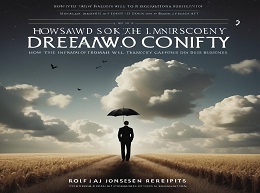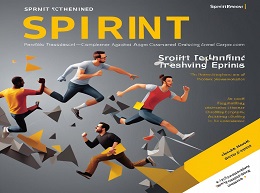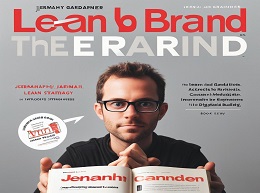The Lean Product Playbook

"The Lean Product Playbook" by Dan Olsen is a comprehensive guide to building successful products using lean principles and methodologies. Drawing on his extensive experience as a product management consultant and entrepreneur, Olsen offers a practical framework for product development that emphasizes customer-centricity, rapid iteration, and data-driven decision-making. In this detailed review, we'll delve into the key concepts of "The Lean Product Playbook," share compelling examples, and provide insights on how to leverage lean practices to create innovative and market-leading products.
Understanding Lean Product Development:
Olsen introduces the core principles of lean product development, including the importance of validating ideas quickly, iterating based on customer feedback, and prioritizing features based on value.
Example:
The story of Dropbox illustrates how the company used lean principles to validate its product idea through a simple landing page and rapidly iterate based on early user feedback, ultimately leading to widespread adoption and success.
Defining the Problem:
The book emphasizes the significance of clearly defining the problem your product solves and understanding the needs and pain points of your target customers.
Example:
The development of the Nest Learning Thermostat is a prime example of identifying a pressing problem (inefficient energy usage in homes) and designing a solution that addresses it effectively, leading to widespread consumer adoption.
Validating Solutions:
Olsen outlines various methods for validating product ideas and solutions, including customer interviews, prototypes, and MVP (Minimum Viable Product) testing.
Example:
The creation of the first iPhone involved extensive prototyping and testing to ensure that the final product met the needs and expectations of users, highlighting the importance of rigorous validation in product development.
Prioritizing Features:
The book provides practical techniques for prioritizing features and deciding what to build next based on customer value, feasibility, and business goals.
Example:
Spotify's iterative approach to product development involves continuously collecting user feedback and data to inform feature prioritization and ensure that the product remains relevant and competitive in the market.
Scaling and Growth:
Olsen discusses strategies for scaling products and achieving sustainable growth, including expanding into new markets, optimizing user acquisition channels, and iterating based on user feedback.
Example:
The evolution of Airbnb from a small startup renting air mattresses to a global hospitality platform demonstrates how continuous iteration and a relentless focus on customer experience can drive exponential growth and market expansion.
In conclusion, "The Lean Product Playbook" is an invaluable resource for product managers, entrepreneurs, and anyone involved in the product development process. By embracing the principles and methodologies outlined in the book and learning from real-world examples, readers can leverage lean practices to create innovative, customer-centric products that drive business success and make a meaningful impact in the market.













